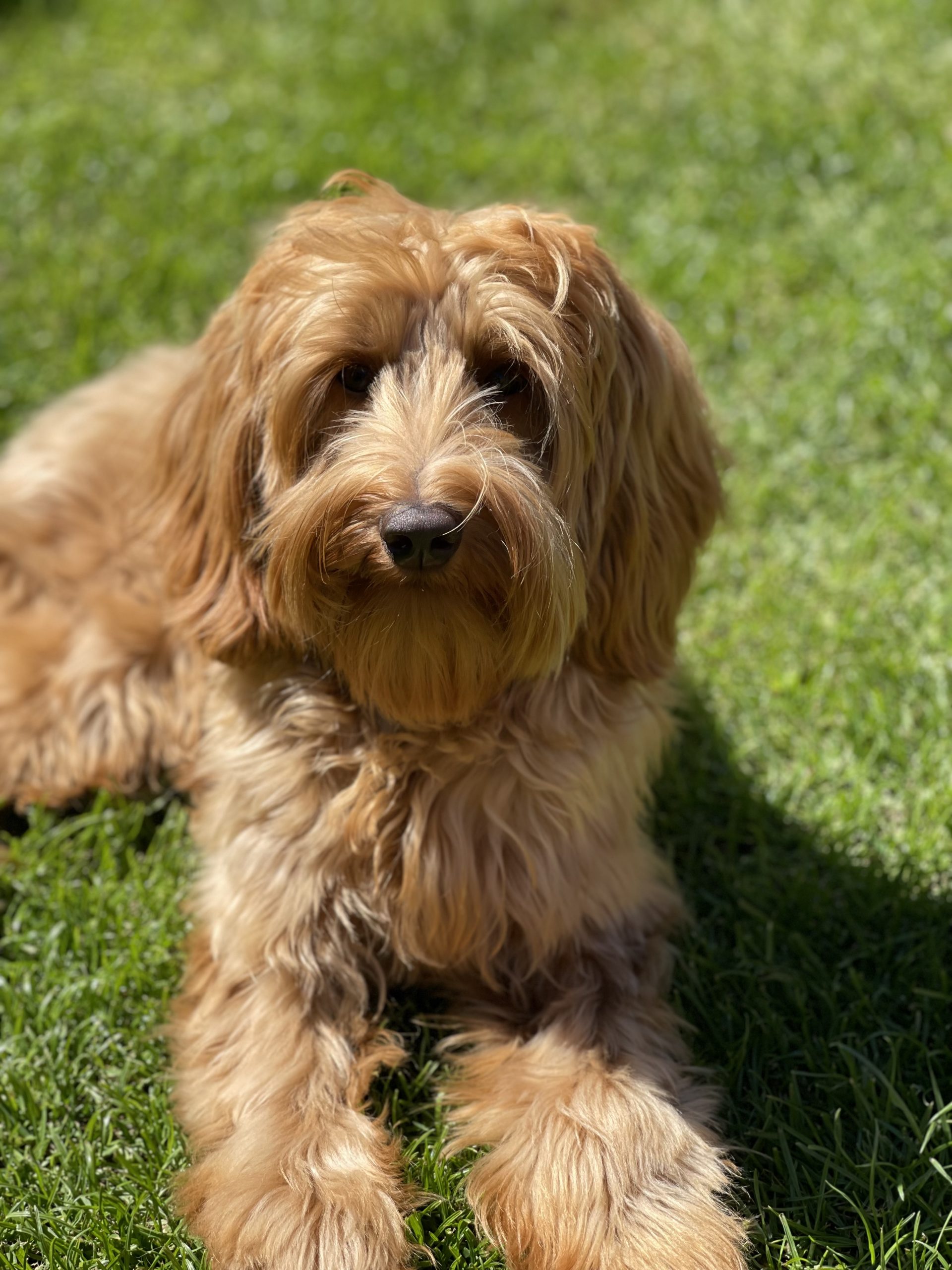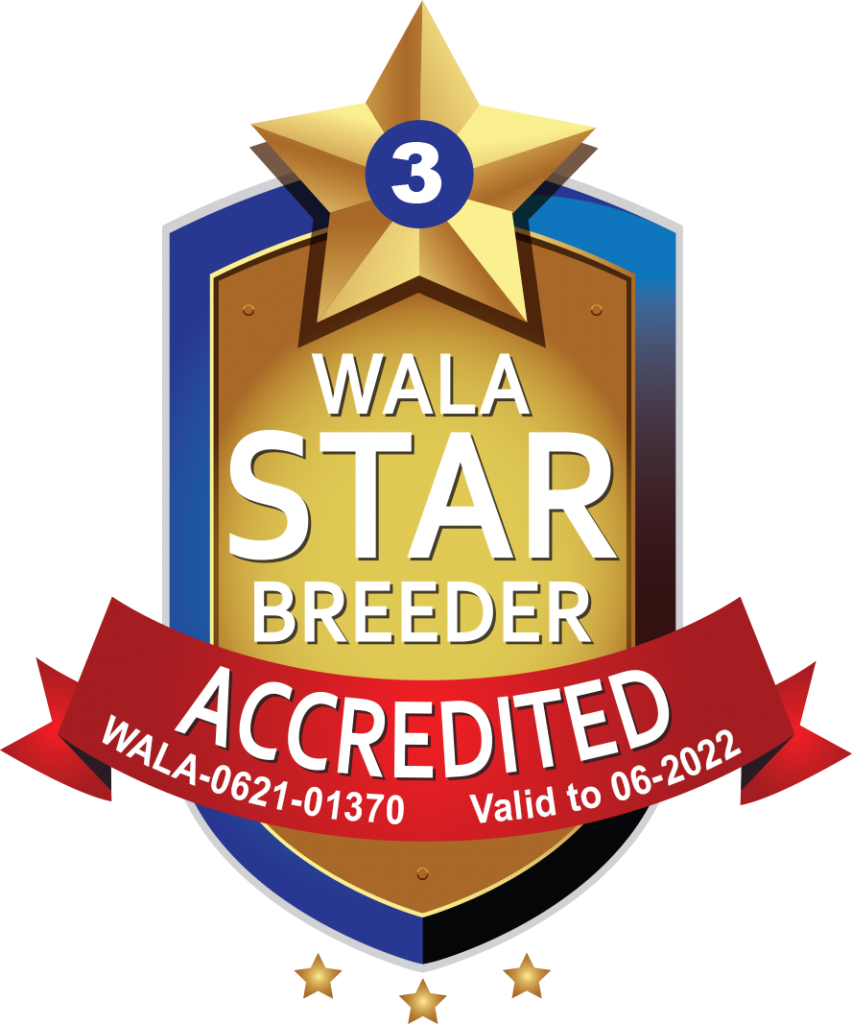In 1980 Wally Conron created the Labradoodle F1 for the Royal Guide Dogs in Victoria, Australia. He did so at the request of a blind lady in Hawaii, whose husband was allergic to animal hair. The goal was to get a breed that will not cause allergies or affect people with asthma and has the temperament of a service dog. He started with a cross between a Standard Poodle and a Labrador Retriever, as he thought this mix could be great for getting the perfect match between a guide dog’s temperament and hypoallergenic coat.
Years later, Tegan Park together with Rutland Manor continued the development and selection of the breed specimens and began with the crossing of other breeds such as the English Cocker Spaniel, the American Cocker Spaniel, and the Irish Water Dog. These brought special qualities to the breed to further infuse the breeding lines with the desirable characteristics of good health, high intelligence, and hypoallergenic coat, giving rise to the Australian Labradoodle.




The Australian Labradoodle have established themselves as a very solid breed because of the work of different clubs and associations (ALCA, ALAA, WALA, ALAEU) that have overseen demanding responsible breeding with exhaustive health tests for breeding dogs. They have also established a breed standard to avoid undesirable deviations that detract from the original purpose, to be a dog with a hypoallergenic coat with ideal characteristics to be able to carry out therapy and assistance work.
Unlike the F1 Labradoodle, cross between a Standard Poodle and a Labrador Retriever, the Australian Labradoodle has a multigenerational approach that eliminates unwanted characteristics. Labradoodle F1 breeders only mix those already mentioned, which increases the possibility of a genetic disease. Today there are numerous mixtures (Cockapoo, Golden Doodle, Bernes Doodle, Maltipoo, Schnoodle, etc.) which has generated a crisis and serious consequences since they have been carried out with little knowledge of genetics, hereditary diseases, temperament, and morphology.


